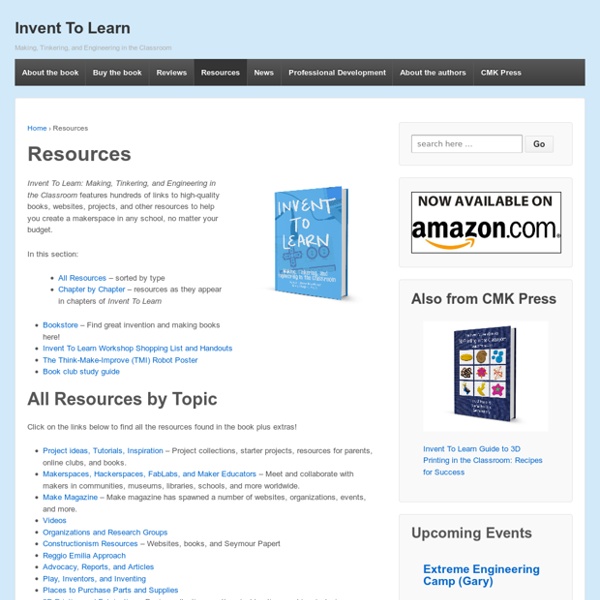



Howtoons Electrical Problems Electrical problems are problems with either the design or construction of your electrical circuits. These are physical problems that you’ll need to fix by hand with scissors, a needle, thread, fabric, and glue. The next several pages provide examples of common electrical problems, information about how to find them, and step-by-step instructions for fixing them. ELECTRICAL PROBLEMS COVERED IN THIS SECTION • loose connections • short circuits • reversed polarity Loose connections occur when the thread that is stitched through a component (like an LED, speaker, LilyTiny, or Protoboard) is too loose. If the thread is too loose, there will not be a consistent electrical connection between the thread and the component. symptoms If there is a loose connection in your project, parts of your project will only work some of the time. checking your project for loose connections Gently bend and stretch your project. To fix loose connections, thread your needle with conductive thread.
makercamp.com SEW ELECTRIC | DIY PROJECTS THAT COMBINE FABRIC, ELECTRONICS AND PROGRAMMING Instructables.com 56 46 25 146 3259 15315 24453 91.3K 3126 4190 108 121.2K 311.3K 652.0K 25686 22703 21912K 26583 291.1K 918.7K 18664 4199 28862 261.2K 411.9K 151.0K 642.2K 501.2K 1073.1K 5314 19823K 11796 761.7K 12800 34689 16503 591.5K 9882 19584 7429 381.3K 31894 381.1K 312.0K 19588 7532 311.3K 26829 21727 271.0K 191.8K 14624 33876 601.1K 321.3K 884.1K 401.7K 20962 Electronics Measuring Stuff with a Multimeter A multimeter is an electronics testing device that, um, tests multiple things, including resistance, voltage, and current. Using certain multimeter models, you can test to be sure that components — such [more…] Electronics Basics: Using a Breadboard A breadboard is a rectangular plastic box filled with holes, which have contacts in which you can insert electronic components and wires. What Is Soldering and How Do You Use Solder Tools? Soldering (pronounced "soddering") involves a material called solder that melts when placed on a hot object; the melted solder cools and forms a bond between two items. Turning Electricity On and Off You've scrounged around your growing electronics bin and come up with wires to connect a circuit together and batteries to power the circuit. Steps to Great Car Audio Sound It takes a lot to create a good car audio system. Ten (Or So) Cool Electronics Testing Tool Tips Okay, so you're ready to graduate to the electronics big time.
Build Your Own Combat Robot – Pete Miles – 11055 | ROBOT BOOKS - ONLY FREE BOOKS Good - Intermediate Robot Books - Robot Mechanics - Robotic E-Books Apr 17, 2013 at 11:56 am · by admin · Comments Off Book Summary Some kids spend their free time playing sports. View this Robot Book You can Download this book with the following link. Kevin Kelly Kevin Kelly "When this fabulous, amazing, unputdownable book arrived at my studio I immediately spent two and a half hours in it, and then the next morning passed another three-hour stint of 'Wow - look at this! I could do that!' This book is more exciting -- in both what it actually offers and what kind of life it suggests -- than anything I've read for a very long time. It's an outstanding achievement in every sense -- content, design, and quality. "Flipping through Cool Tools is a completely different experience from reading the same material online. -- David Pescovitz, Boing Boing "If this doesn't solve some large part of your Christmas shopping challenges, you need a different set of people to whom you give Christmas presents. -- Joel Garreau, Washington Post, author of Edge City and Radical Evolution "I don't know an adjective large enough to do it justice." -- Michael Litchfield, Fine Homebuilding "I love it. -- Walter Isaacson, author of Steve Jobs: The Exclusive Biography -- Luke Pebler, actor
Book We've published a book of Instructables! Order your copy of The Best of Instructables Volume 1 here! See the latest news about The Best of Instructables Volume 1 here. I just got the contract worked out with O'Reilly Media/MAKE, who is publishing the book. We're hoping to have it out in time for the Austin Maker Faire in October. These details are likely to change, but I'm so excited that I wanted to share them even at this early stage. Updated: Number of full Instructables from 100 to 75. 2008-07-03 Update: Right now, it looks like we'll be including approximately 50 Instructables in the community choice section of the book as chosen by our Instructables Book Contest. 75 full Instructables will be included as chosen by editors at Instructables, MAKE, and O'Reilly. Since print and internet are such different mediums, part of the selection process is finding Instructables will exceptional images and well-written text.
Getting Started with Arduino, 2nd Edition This valuable little book offers a thorough introduction to the open source electronics prototyping platform that's taking the design and hobbyist world by storm. Getting Started with Arduino gives you lots of ideas for projects and helps you get going on them right away. By Massimo Banzi, co-founder of the Arduino Project. To use the introductory examples in this book, all you need is a USB Arduino, USB A-B cable, and an LED. Massimo Banzi is the co-founder of the Arduino project and has worked for clients such as Prada, Artemide, Persol, Whirlpool, V&A Museum, and Adidas. He spent four years at the Interaction Design Institue Ivrea as Associate Professor. Before joining IDII he was CTO for the Seat Ventures incubator.